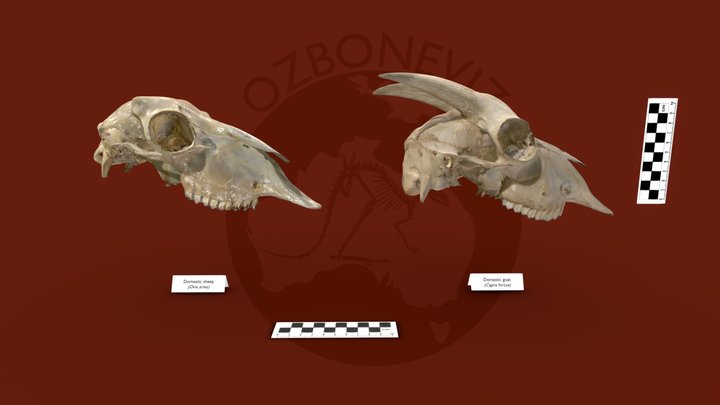Australia Unveils World-First 3D Animal Bone Database to Advance Wildlife Research and Education

Adelaide, The Gulf Observer: Australia’s extraordinary biodiversity, including both living and extinct species, can now be explored in unprecedented detail thanks to a new digital initiative called Ozboneviz, the country’s largest open-access 3D database of vertebrate anatomy.
Developed by Flinders University in collaboration with national and international partners, the Ozboneviz project features over 1,600 high-resolution, digitized skeletons of 189 iconic Australian species. These include well-known animals such as kangaroos, platypuses, and emus, as well as rare and extinct species such as the thylacine, pig-footed bandicoot, and desert rat-kangaroo, the university announced in a release on Wednesday.
Utilizing advanced scanning technology and high-resolution computed tomography (CT), the team captured internal and external anatomical features of the specimens with remarkable precision. Most bones were scanned using structured light imaging, while fragile or extinct specimens underwent CT imaging to preserve even the most intricate details.
The 3D models are hosted on the MorphoSource platform, which employs museum-quality cataloguing standards. The database is freely available for non-commercial use, making it an invaluable tool for researchers, educators, and wildlife enthusiasts around the world.
A complementary site on Sketchfab highlights over 500 of the most scientifically and educationally significant bones, many of which are accompanied by interactive annotations to aid learning and engagement.
Project leader Associate Professor Vera Weisbecker of Flinders University emphasized the significance of the database in fostering greater appreciation and understanding of Australia’s unique fauna. “We are all fascinated by bones, and this new database is a way to go behind the glass cases at the museum, see specimens up close, and understand their special features,” she said.
Weisbecker added that Ozboneviz is poised to set a global benchmark for digital natural history collections and inspire broader public interest in the conservation and study of Australia’s rich and often endangered wildlife.


